Original Iranian music, also known as Iranian traditional music and Iranian classical music, includes a variety of instruments and different types of melodies. This type of music, which existed before Christianity and has reached our time mostly orally and by heart, is one of the prominent manifestations of Iranian culture.Iranian music has had a wide influence on the music of most parts of Central Asia, Afghanistan, Pakistan, Azerbaijan, Armenia, Turkey, and Greece
Radif (a collection of several traditional melodic figures) was inscribed on the UNESCO World Heritage List on October 2009 as the first independent Iranian intangible heritage.
Engravings on the walls of the ancient caves show that Iranians were interested in music from the beginning.
Iranian traditional music is a collection of songs and melodies that have been created in this country over the centuries and reflect the morals of Iranians. In other words, the beauty and special shape of Iranian classical music invites the listener to think. On the other hand, the passion and beats of this music are rooted in heroism spirit of Iranians, which makes the listener move and strive.
Iranian traditional music through history
There are two important and main historical periods through which Iranian classical music has developed.
The first period of development of Iranian traditional music:
The musical pieces of prominent Iranian scholars such as Abu-Ali Sina, Farabi, Qotb-Alddin Shirazi, and Abdul-Qahir Maraghehei show that Iranian music was an important subject for scientists until the middle of the 15th century, but after that, due to special social and religious conditions in Iran, little attention was paid to music. This led to the total disappointment of the musicians; hence no significant musical achievement.
This situation continued until the end of the Safavid era, when their rule was based on strict religious thinking. Due to the irregularities that arose after the fall of the Safavids, the conditions for musical production during the Afshari period did not change significantly either.
Indeed, historical evidence shows that Nader Shah was interested in musicians, but the music played during this period was not original and artistic, and its main purpose was to entertain. During Zandieh’s time, national security and social welfare in Iran increased, and people again paid more attention to music. Mushtaq Ali Shah and Parikhan were the prominent musicians of that period.
During the Qajar period, music developed in various, such as religious, dimensions. Among the artists of this period, we can mention Seyyed Ahmad Khan. He was the first Iranian singer to record his songs on a gramophone. Gholi Khan was another artist who performed Taziyeh (Taziyeh is an ancient and uniquely Iranian public show that performs in the anniversary of the martyrdom of Imam Hussain, grandson of the prophet Muhammad, and has a specific melody).
After the establishment of the Academy of Arts and the employment of European teachers and music instructors, Iranian music took on a theoretical and scientific form. Dar al-Fonun Publications held music theory classes in which European professors taught in both French and Persian.
The second period of development of Iranian classical music:
The next period of Iranian traditional music development was in the modern era. During the Pahlavi era, the foundations of Western culture affected Iranian classical music and new forms of music were born. The gap between people and traditional music widened so much that in the 1960s, people start to forget all about Iranian traditional music.
According to musicians, Reza Shah preferred Iranian national music to European music, but believed that European music was better for the country’s development. Reza Shah changed the music system, which led to the creation of many military music during his reign.
The Folk music of Iran
The most valuable sources of music in any country are melodies and songs that are performed in different parts of the country, especially in remote villages and by local people. Since this type of music has less influence on the thoughts of urban people, it is more natural and closer to the original and ancient Iranian music.
Since there are different ethnic groups and cultures in Iran, this type of music has different types of speech and melodic examples. For example, the folk music of Azerbaijan, Guilan, Khorasan, Bakhtiari, Kurdistan, Shiraz and Baluchistan are very different not only in melody but also in dialect.
Iranian instruments
Iranians have used various musical instruments in different periods of history. Here we classify Iranian instruments:
- Wind instruments such as Ney (reed), Flute, Ney-Anban, and …
- String instruments such as Kamancheh (fiddle), Oud (lute), Tar, Santur, and …
- Percussion instruments such as Daf, Tonbak and…
Different types of Iranian traditional music:
Radif
“Radif” is actually a collection of melodic examples in classical music of iran that is almost similar to the repertoire in Western music. A set of “Radif” arranges melodies called “Gusheh” in a number of different melodic spaces called “Dastgah”.
At the beginning of the Qajar period, the melodic system called “Maqam” was the formal basis of Persian music, most melodies of which had an Arabic name until “Radif” system with seven “Datgah” and the five “Avaz” (which completed 12 Types of melodic figures) was invented to have a pure Iranian music style. First of all, it should be said that Radif (a collection of several old melodic figures) in today classical music of Iran dates back to the time of Ali Akbar Farahani, the famous tar and Setar player. Amir Kabir, the Prime Minister of Nasser al-Din Shah Qajar, summoned Ali Akbar Farahani to the court and commissioned him to spread and disseminate Iranian music. Then, Ghulam Hussain Khan, Ali Akbar’s brother, taught this type of music to Mirza Hussain Gholi and Mirza Abdullah (Ali Akbar Khan’s two sons). Mirza Hossein Gholi and Mirza Abdullah arranged this music in melodic figures. This category is now known as “music row” in Persian.
Today, “Radif” has two main functions:
- As an educational example, it allows students to break the repertoire into introductory melodic figures.
- As a model in which any musician can create creativity. Iranian tradition

Dastgah
Each “Dastgah” is a sequence of different frets or complete melodies in Iranian music, which evokes the listener’s emotions. In fact, “Dastgah” is a kind of melody that the musician uses as a base for his improvisational piece. Each “Dastgah” consists of several “Gusheh” (Components of the “Dastgah”). Most musicians divideclassical music of iran into seven “Dastgah”, while some divide it into 12 “Dastgah”. The most common classification is seven “Dastgah” and five “Avaz”. The seven “Dastgah” of Iranian traditional music are:
- Dastgah-e Shur
- Dastgah-e Homayoun
- Dastgah-e Segah
- Dastgah-e Chahargah
- Dastgah-e Rast-panjgah
- Dastgah-e Nava
- Dastgah-e Mahour

Avaz
“Avaz” is a form and type in persian music and is often part of “Dastgah”. As a result, we can call it a subset of the “Dastgah” or secondary “Dastgah”. For example, “Dashti” song belongs to the “Dastgah-e Shur”. Iranian traditional music consists of five “Avaz” which are:
- “Avaz-e Bayat-Turk” belongs to “Dastgah-e Shur”
- “Avaz-e Abu-Ata” belongs to “Dastgah-e Shur”
- “Avaz-e Afshari” belongs to “Dastgah-e Shur”
- “Avaz-e Dashti” belongs to “Dastgah-e Shur”
- “Avaz-e Bayat-Esfahan” belongs to “Dastgah-e Homayoun”
Today, Iranian traditional music, like all periods of history, continues to play a spiritual role, and unlike folk and popular music, it belongs more to the intellectual and prominent class of society.




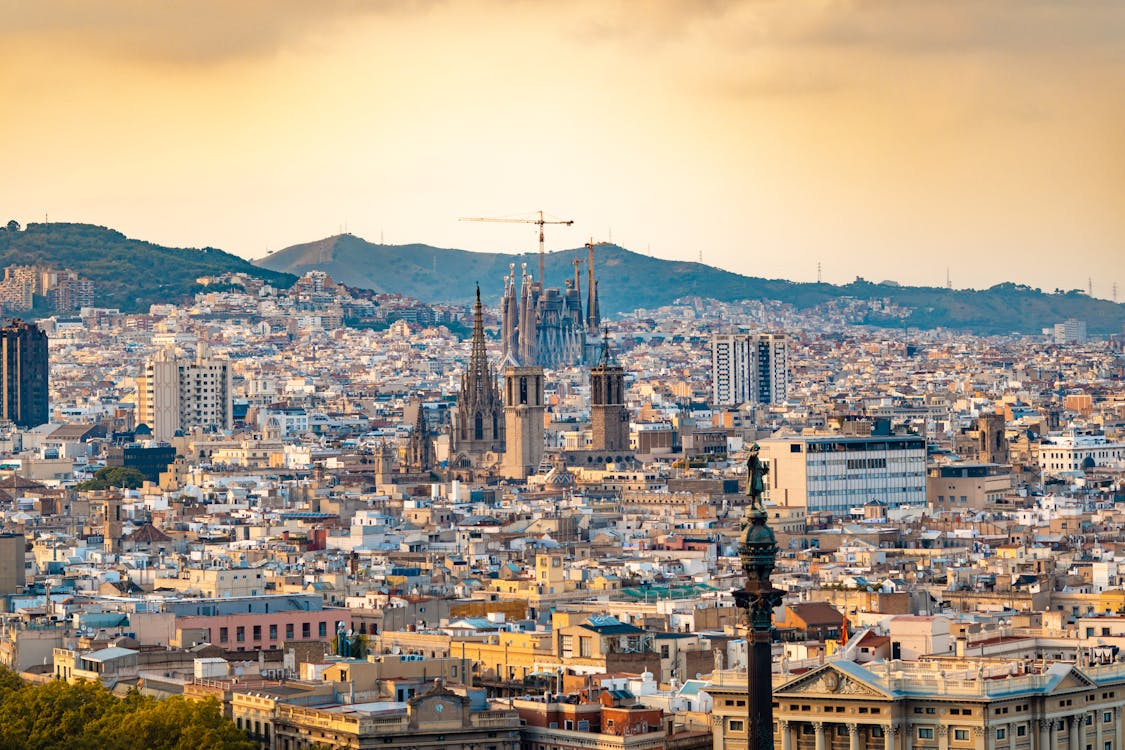

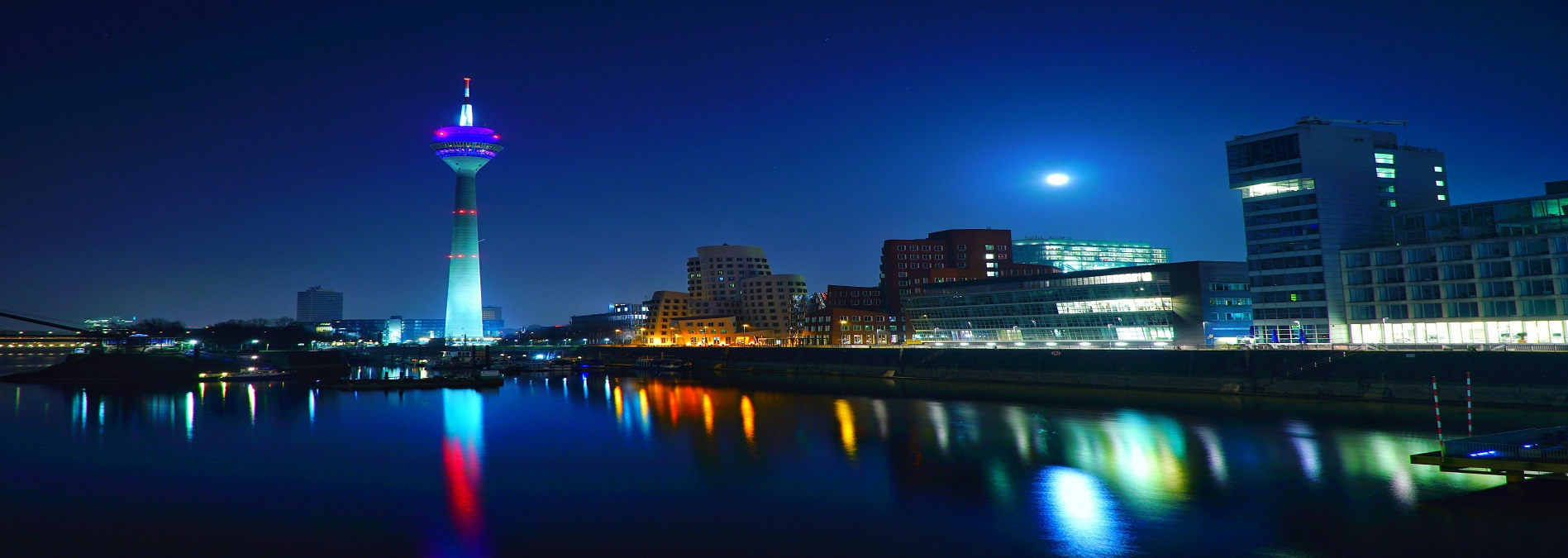
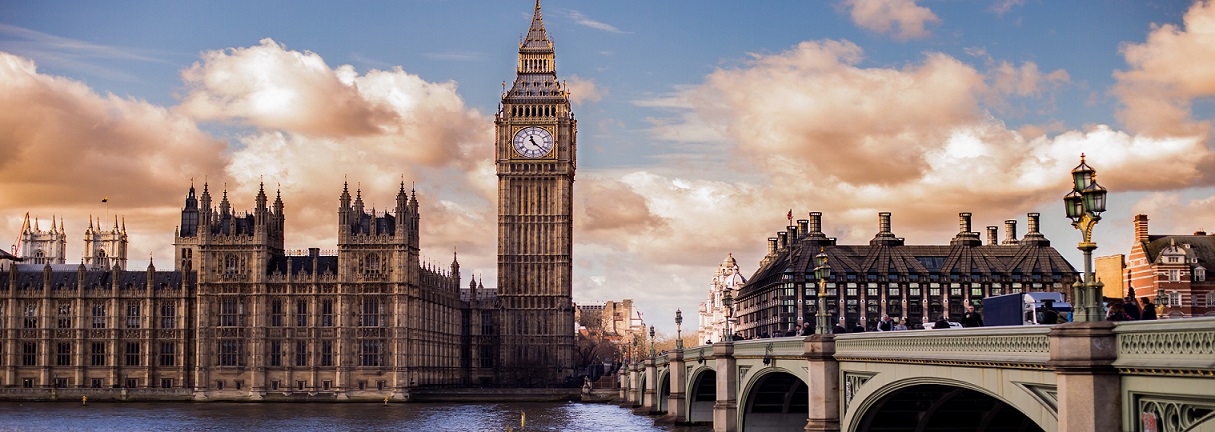
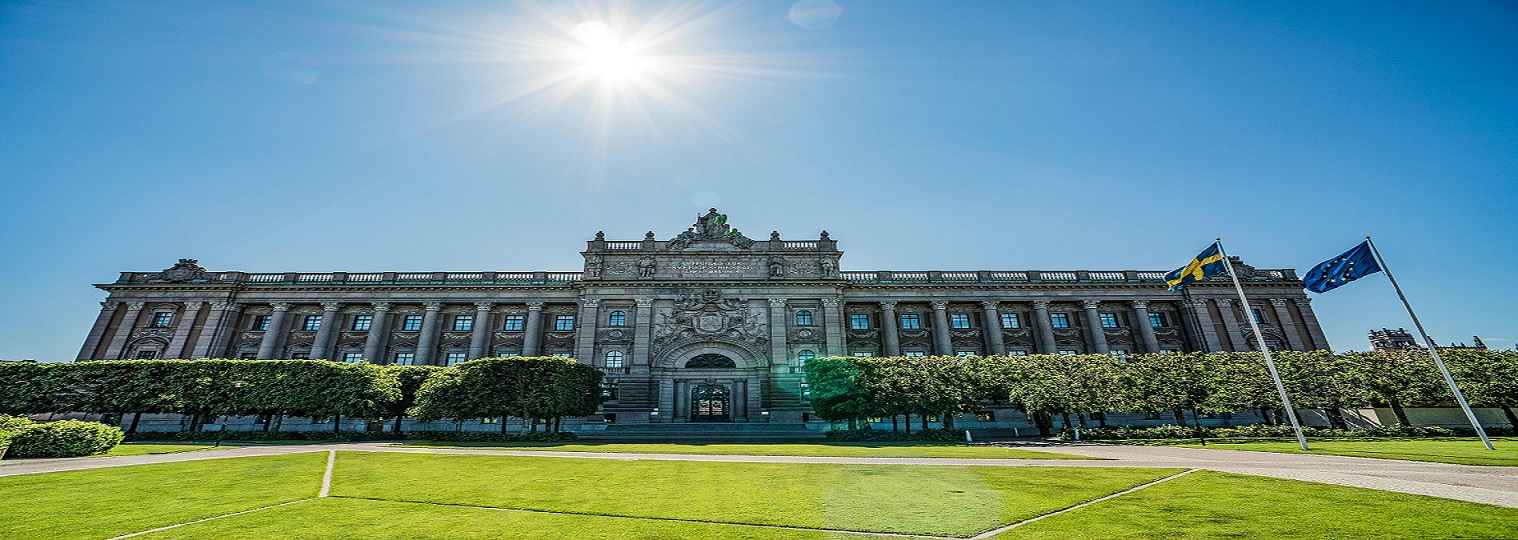



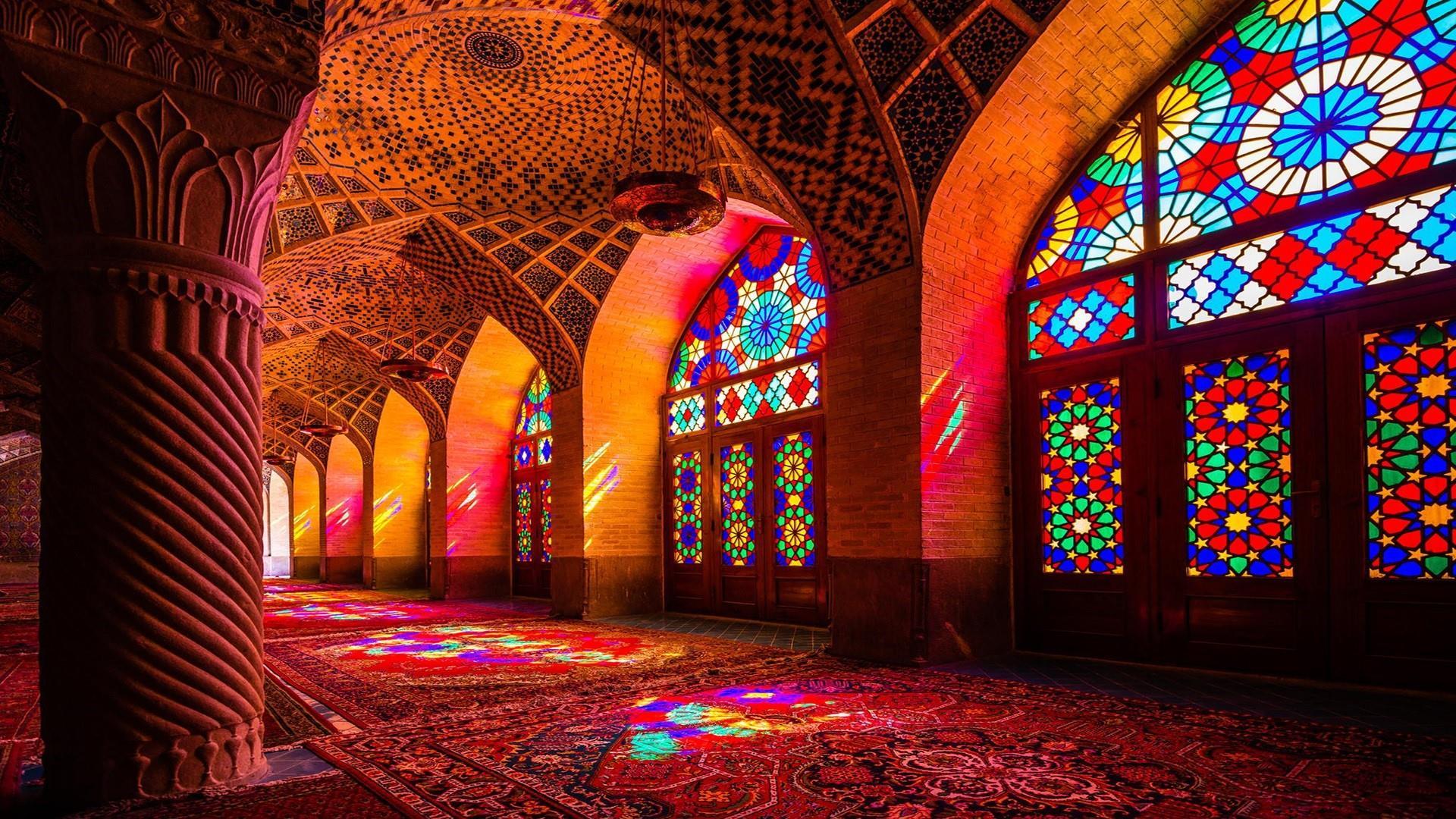
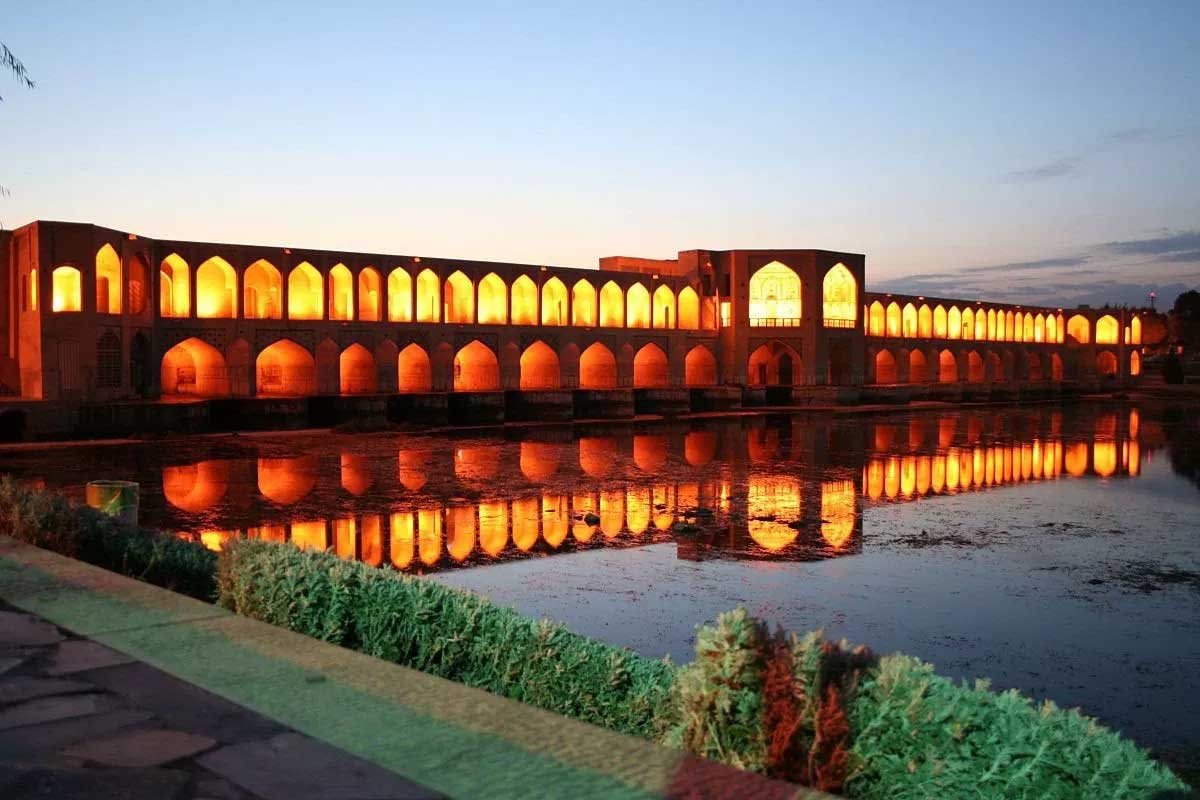
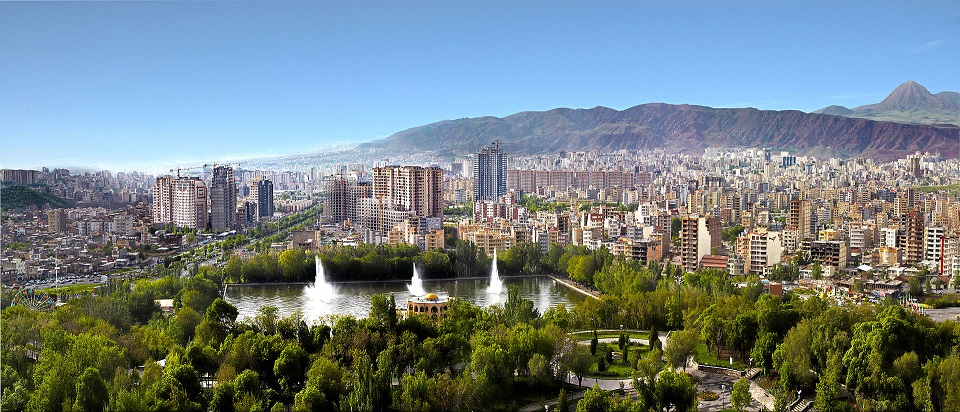
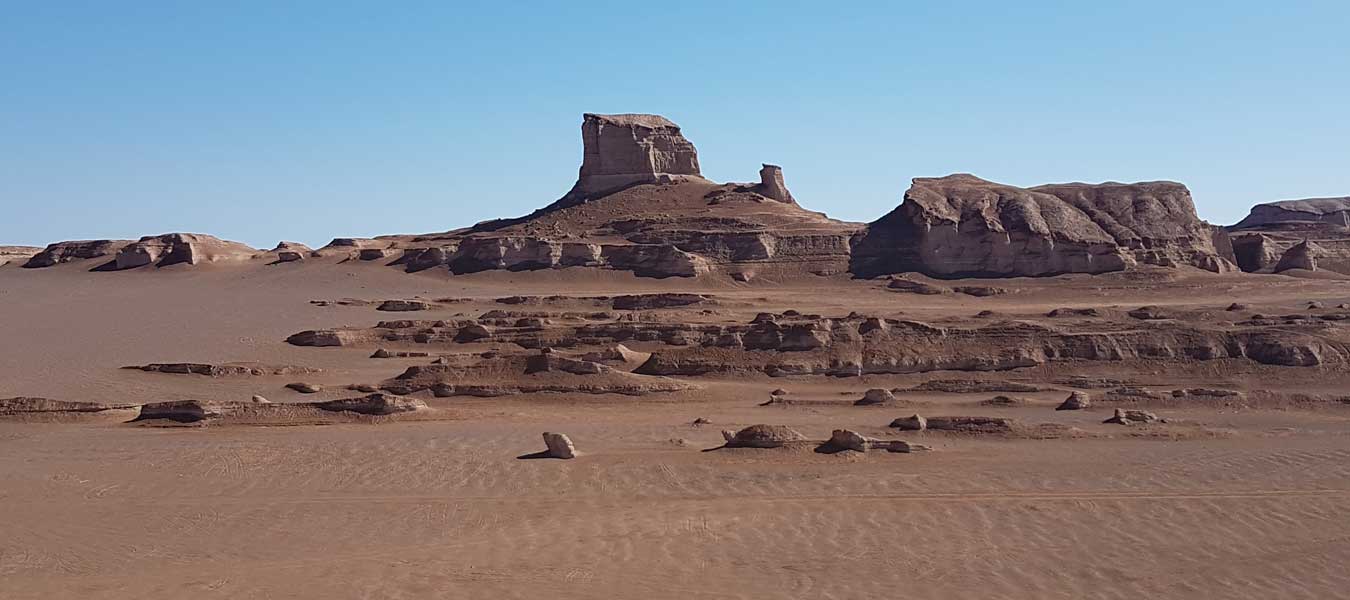

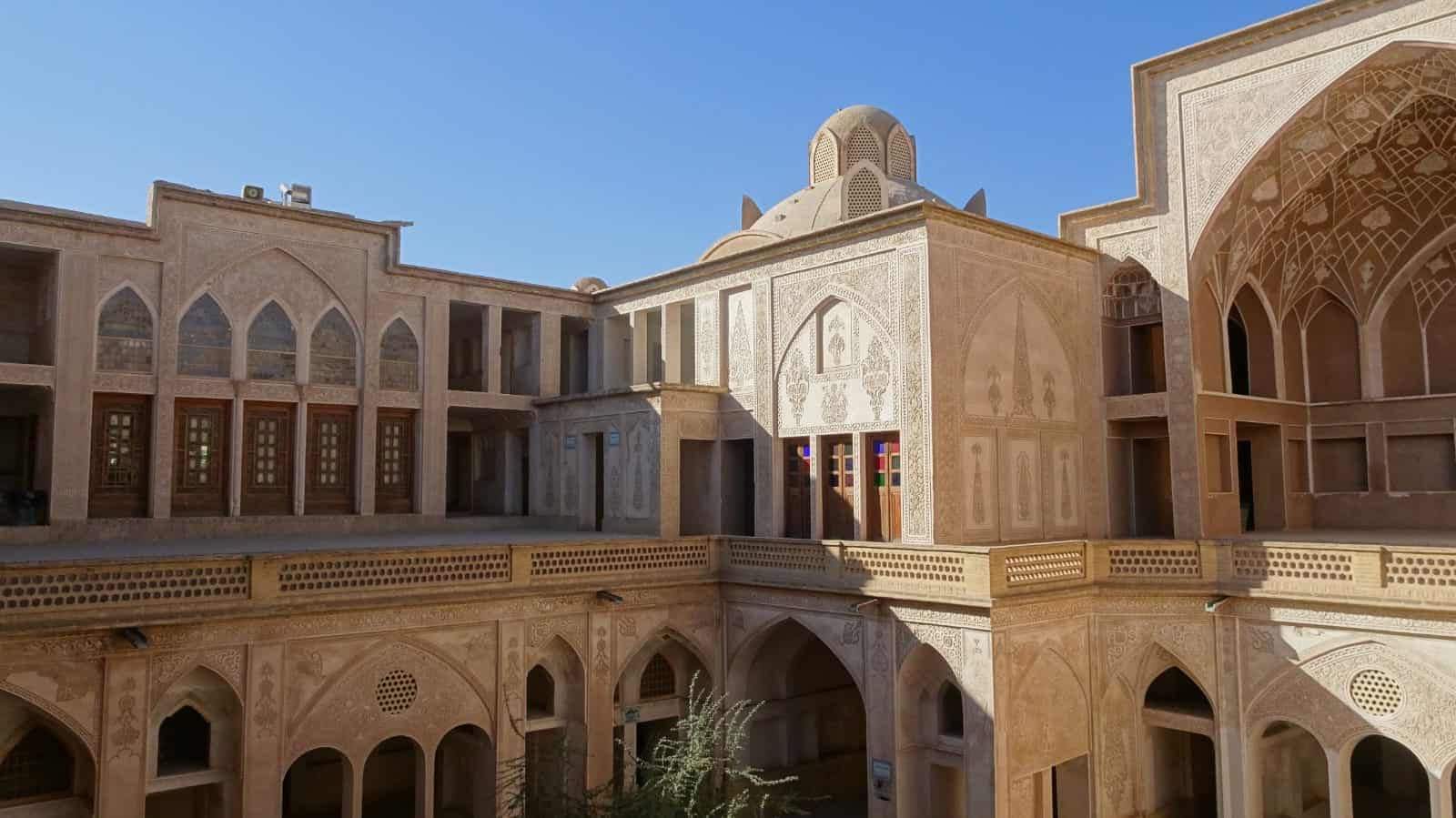
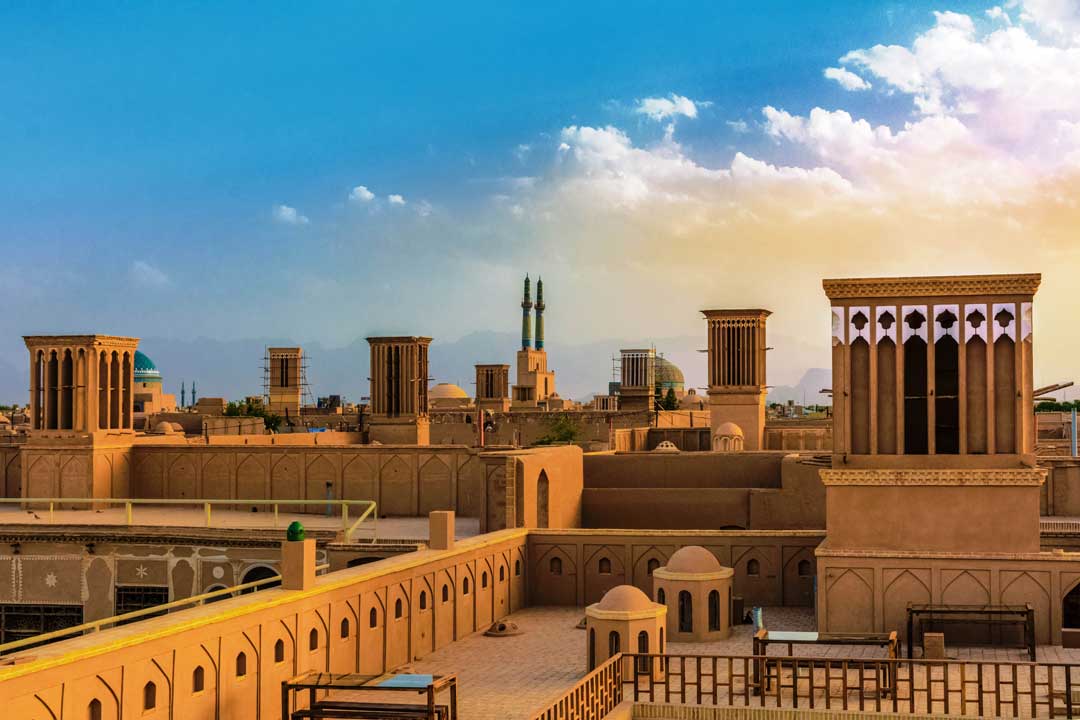
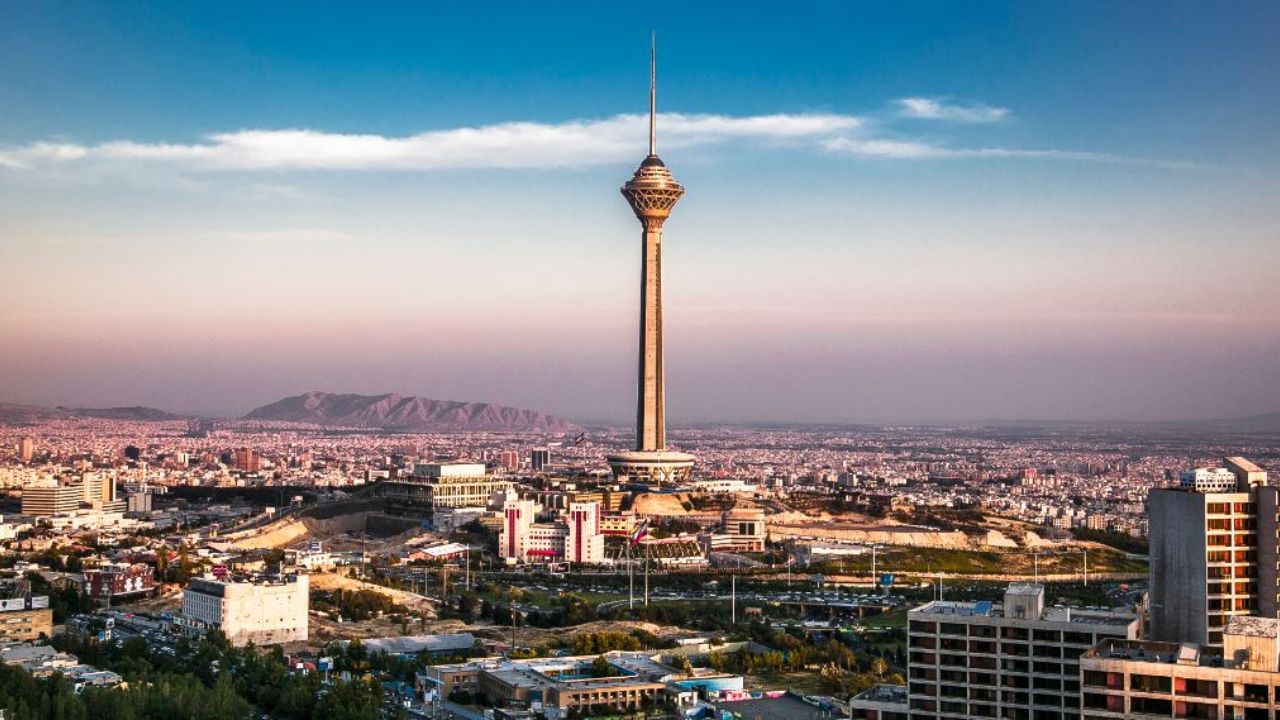



Leave a reply